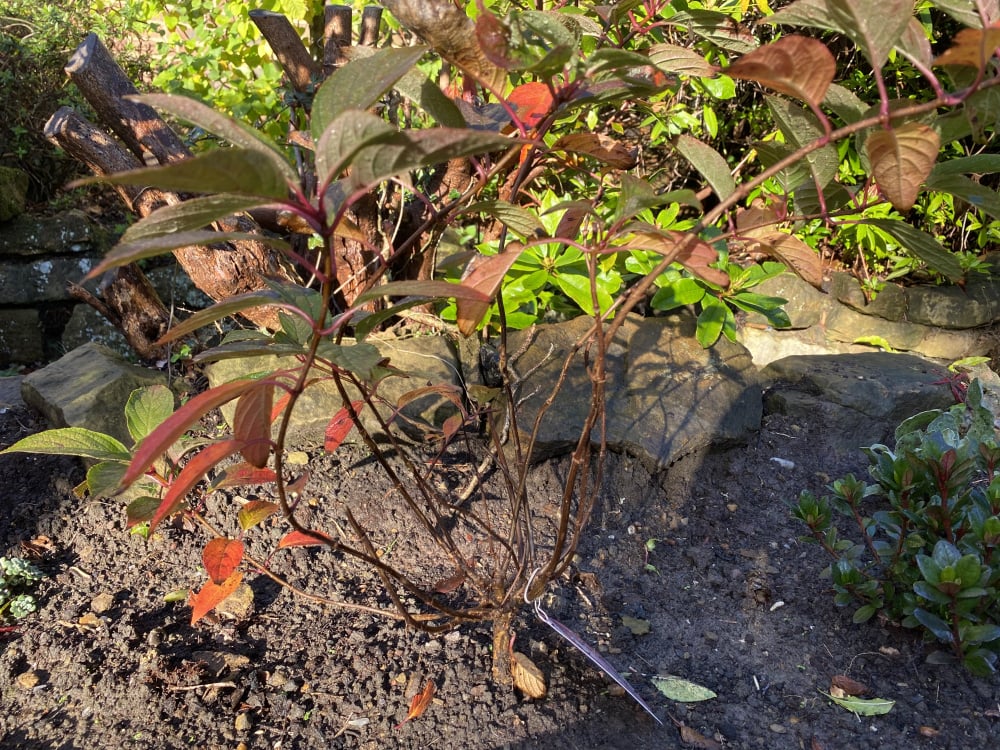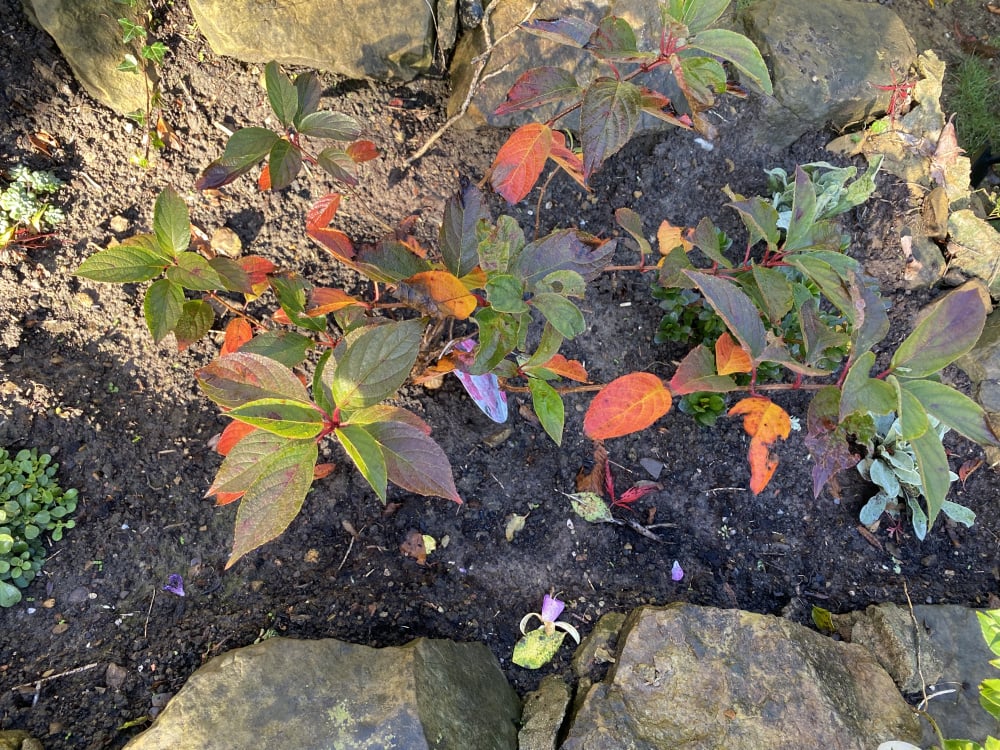This Forum will close on Wednesday 27 March, 2024. Please refer to the announcement on the Discussions page for further detail.
Hydrangea autumn colour
 katrinkemp
Posts: 81
katrinkemp
Posts: 81

 This is a new addition i planted in spring. It never flowered and i changed her location recently. Now the Vanillla Strawberry Hydrangea gehts very leggy and leaves turn red. Is that expected? Can i hope for flowers in spring?
This is a new addition i planted in spring. It never flowered and i changed her location recently. Now the Vanillla Strawberry Hydrangea gehts very leggy and leaves turn red. Is that expected? Can i hope for flowers in spring?Thank you
0
Posts
They're also slow growing shrubs until properly established - which takes a while.
You also need to use the correct pruning method for it - or you could be chopping off flowering stems.
I live in west central Scotland - not where that photo is...
I've just had a look and it's a paniculata, so it would be hard pruned in spring. Here's some basic info on it
https://www.crocus.co.uk/plants/_/hydrangea-paniculata-vanille-fraise-renhy-pbr/classid.2000011165/
I live in west central Scotland - not where that photo is...
I live in west central Scotland - not where that photo is...